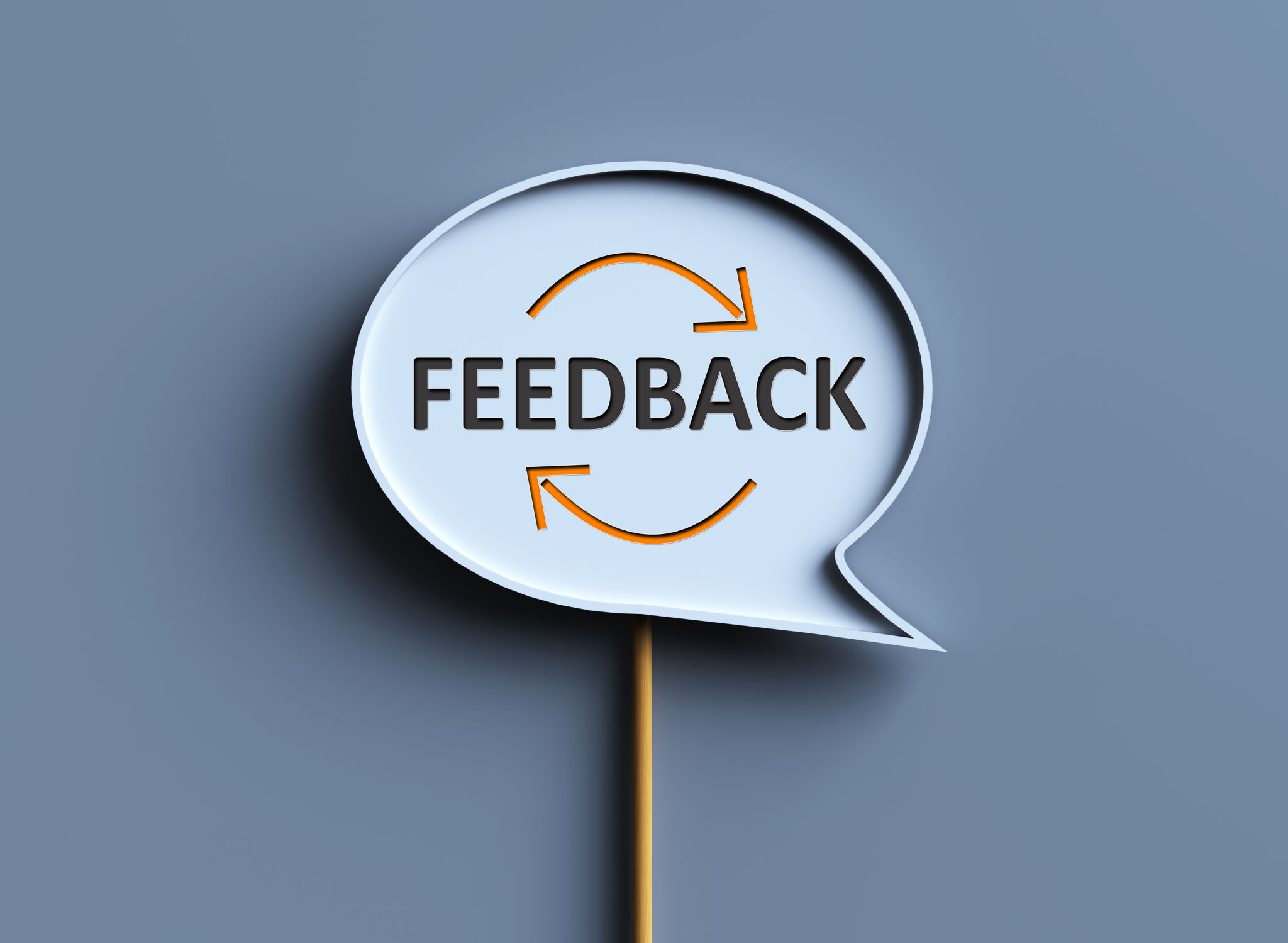- HOME
- 1️⃣ The GTM Playbook Loop
- 2️⃣ Agentic Growth Systems
- 3️⃣ From Research to Market
- 4️⃣ Signal Intelligence
- 5️⃣ The Sales Playbook Method
- 6️⃣ Agentic Automation Stack
- 7️⃣ Governance by Design
- 8️⃣ The Dual-Site Model: Paris ↔ Abu Dhabi
- Next GTM System Certification
- The Playbook Architecture
- What Our Clients Say.
Customer Experience Optimization for B2B SaaS: Best Practices
Understanding Customer Experience in B2B SaaS
The customer experience (CX) in B2B SaaS is fundamentally different from that in the B2C sector. It involves a complex relationship between the service provider and the customer, requiring a focus on not just the end-user but also on various stakeholders within an organization. Optimizing this experience is crucial for retaining clients and ensuring long-term success.
In the competitive B2B SaaS market, businesses must prioritize CX to stand out. A seamless, intuitive, and efficient experience can lead to increased customer satisfaction and loyalty. By understanding the unique needs of your clientele, you can tailor your approach to meet their expectations effectively.

Mapping the Customer Journey
One of the first steps in optimizing CX for B2B SaaS is mapping the customer journey. This involves identifying all touchpoints where customers interact with your brand, from initial contact through to post-purchase support. By understanding this journey, you can identify pain points and areas for improvement.
Mapping out the customer journey allows you to create a more targeted strategy for each stage of the customer lifecycle. This can involve personalizing communication, offering tailored resources, and ensuring consistent support across all channels.

Enhancing Onboarding Processes
A critical phase in the customer journey is the onboarding process. An effective onboarding experience ensures that customers quickly realize the value of your product, leading to higher adoption rates and reduced churn. Focus on providing clear instructions, easy-to-access resources, and responsive support during this period.
Consider implementing automated onboarding tools that guide users through the setup process. Additionally, offering personalized onboarding sessions can help address specific client needs and questions more effectively.
Implementing Feedback Loops
Feedback loops are essential for continuous improvement in customer experience. By actively seeking feedback from clients, you can gain valuable insights into their needs and preferences. This information can be used to refine your product offerings and service delivery.
- Regularly conduct surveys or interviews with clients.
- Monitor social media and online reviews for customer sentiment.
- Analyze support tickets to identify common issues or concerns.

Leveraging Technology for Better CX
Technology plays a significant role in enhancing CX in B2B SaaS. Implementing tools like AI-driven chatbots can provide instant support and reduce response times. Customer relationship management (CRM) systems can help track interactions and provide personalized service.
By integrating technology into your CX strategy, you can offer a more seamless and efficient experience. Ensure that your solutions are scalable and flexible to adapt to changing customer needs and technological advancements.
Building Strong Relationships
In B2B SaaS, building strong relationships with clients is crucial for long-term success. Focus on creating value through strategic partnerships and ongoing support. Regular check-ins and personalized communication can help maintain a positive relationship with your clients.
Encourage open dialogue and transparency to foster trust and collaboration. By positioning yourself as a trusted partner rather than just a service provider, you can enhance customer loyalty and drive growth.

Measuring Success
Finally, it's essential to measure the success of your CX optimization efforts. Establish key performance indicators (KPIs) that align with your business goals, such as customer satisfaction scores, retention rates, and net promoter scores (NPS).
- Track these metrics regularly to assess performance.
- Analyze data to identify trends and areas for improvement.
- Adjust your strategies based on insights gained from these measurements.
By continuously evaluating and refining your CX strategy, you can ensure it remains effective in meeting your clients' evolving needs.
